Gemologist Guide To Identifying Benitoite
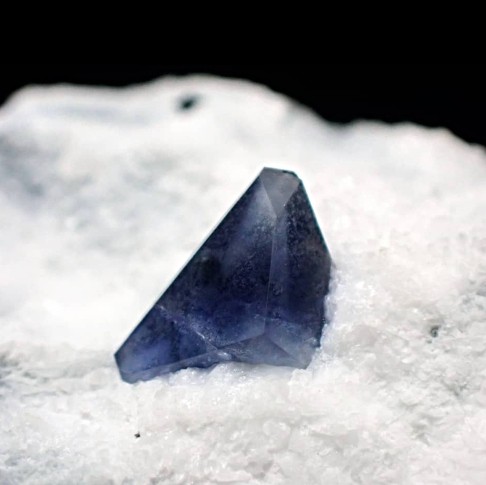
Benitoite was discovered in 1907 and became the state gem of California in 1985. Initially, the opinions about the gem’s identity ranged from Spinel to Volcanic Glass, and because of the particular blue color, Sapphire. However, the gemstone’s birefringence and dispersion values helped distinguish it from Sapphire. How to Identify Benitoite Through Testing There […]
Gemologist Guide To Identifying Apophyllite
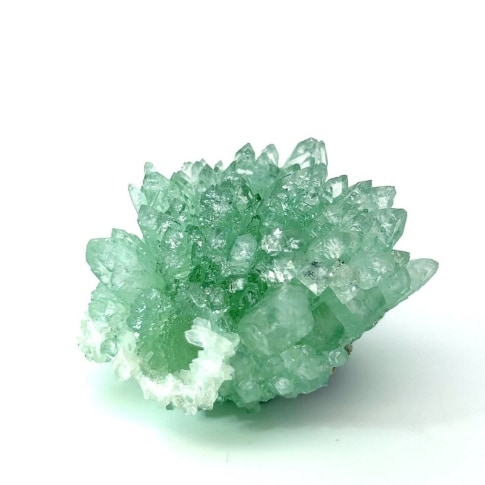
Apophyllite can be a lovely mineral. It forms in lustrous, transparent, well-formed crystals that are occasionally very large. While Aphpyllite is found worldwide in volcanic zeolite environments, the Indian Traprock Quarries produce enormous quantities of the mineral, and it comes in various shapes, colors, and sizes. This makes Apophyllite easy to obtain and incredibly affordable. […]
Gemologist Guide To Identifying Axinite
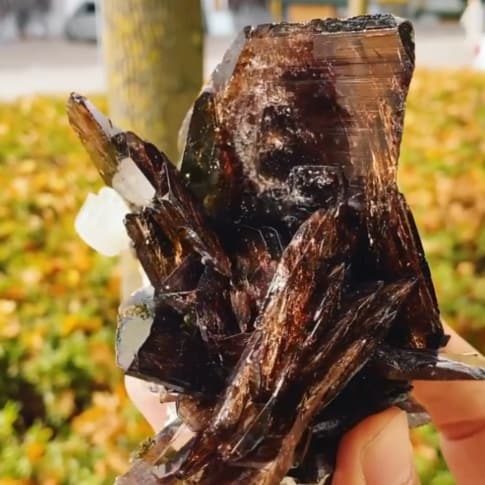
Axinites form a mineral group that includes iron-dominant Ferroaxinite, manganese-dominant Manganaxinite, and iron-dominant Ferroaxinite. Tanzanite is the intermediate member between Manganaxinite and Ferroaxinite. Most gem-quality Axinites are Ferroaxinites, but it’s likely to encounter specimens listed under the general term “Axinites.” Depending on the cut, Axinites can display significant brilliance or brightness, which is a quality […]
Gemologist Guide To Identifying Aragonite

Calcium Carbonate forms as Calcite, as well as Aragonite. These two minerals differ only in their crystallization. Calcite is the more common mineral and forms in trigonal crystals, whereas Aragonite forms orthorhombic crystals. Occasionally, crystals of Calcite and Aragonite are too small to be individually determined, and it’s only possible to distinguish these two minerals […]
Gemologist Guide to Identifying Barite
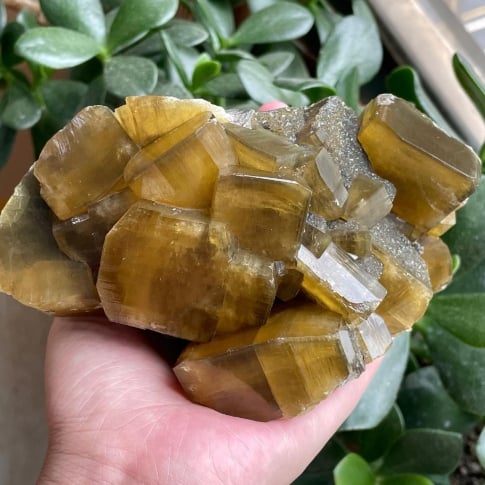
Barite often occurs as concretions and void-filling crystals in sedimentary rocks. It’s especially common as concretions in Dolostone and Limestone. Where these carbonate rock units are heavily weathered, large accumulations of Barite are sometimes found in the soil bedrock. This mineral is commercially mined and rockhounds will visit these areas to collect the crystal specimens. […]
How Much is Andalusite Worth
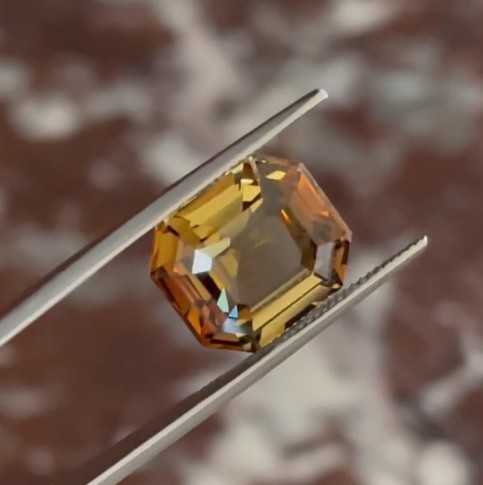
Andalusite can be expensive depending on the size of the faceted stone. Most stones between 1 and 4 carats sell for $20.00 to $200.00 dollars per carat. If you have a cabochon then you can expect a value of $5.00 – $15.00 per gram in value. If you enjoy looking at stones with strong pleochroism […]
How Much is Amber Worth
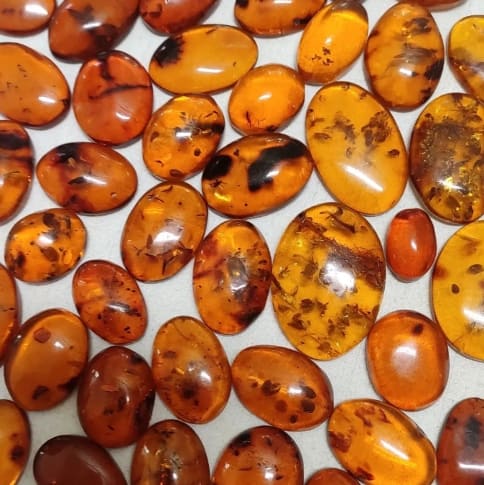
Amber is very affordable and comes in all different sizes and shapes. More than likely, you have a tumbled piece with a small insect or you might have a bracelet or necklace made of Amber beads. Most Amber sells for $15.00 to $50.00 dollars per gram if it has insects or inclusion. If you have […]
Gemologist Guide to Identifying Andalusite
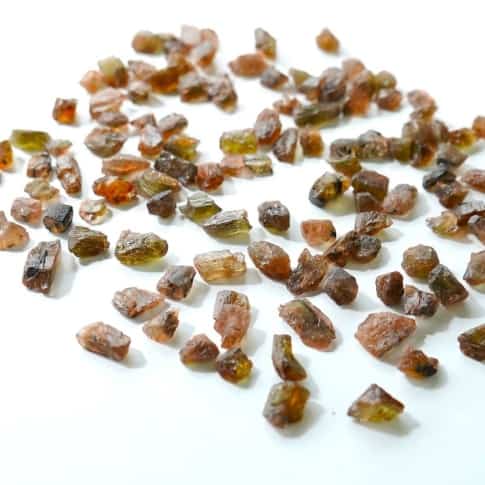
Andalusite is a strongly pleochroic gemstone and is highly saught after by lapidary artists because of this unique trait. Pleochroic gems can display different colors when they’re viewed from different directions. Expert cutters can produce beautiful faceted stones that display the gem’s pleochroic colors in the face-up position. These gemstones are most commonly found in […]
Gemologist Guide to Identifying Anglesite

Anglesite is a secondary lead mineral and forms through the alteration of lead sulfides, mainly Galena. These crystals can contain impurities of Galena, giving the specimens a gray-to-black color. In some localities, Anglesite forms as pseudomorphs after Galena, giving the crystals false isometric forms. Some massive Anglesite specimens have gray and black banding present, which […]
Gemologist Guide to Identifying Actinolite
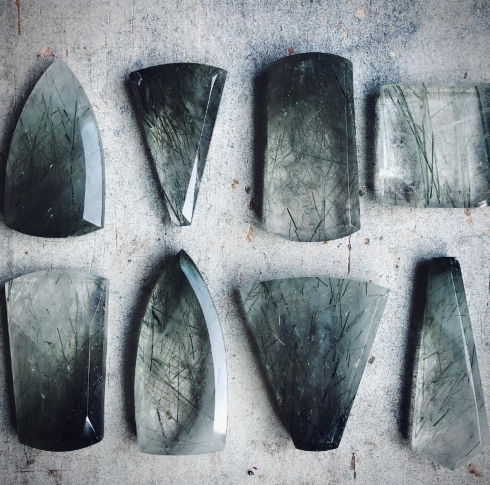
Actinolite is a green-to-black gemstone that’s generally translucent and sometimes displays the “cat’s eye” effect. It has a fibrous amphibole composition similar to Tremolite and often forms glassy, flattened crystal prisms. These crystals are relatively common worldwide but gem-quality stones are actually somewhat rare. If you’re just starting out collecting rocks and minerals then you […]
